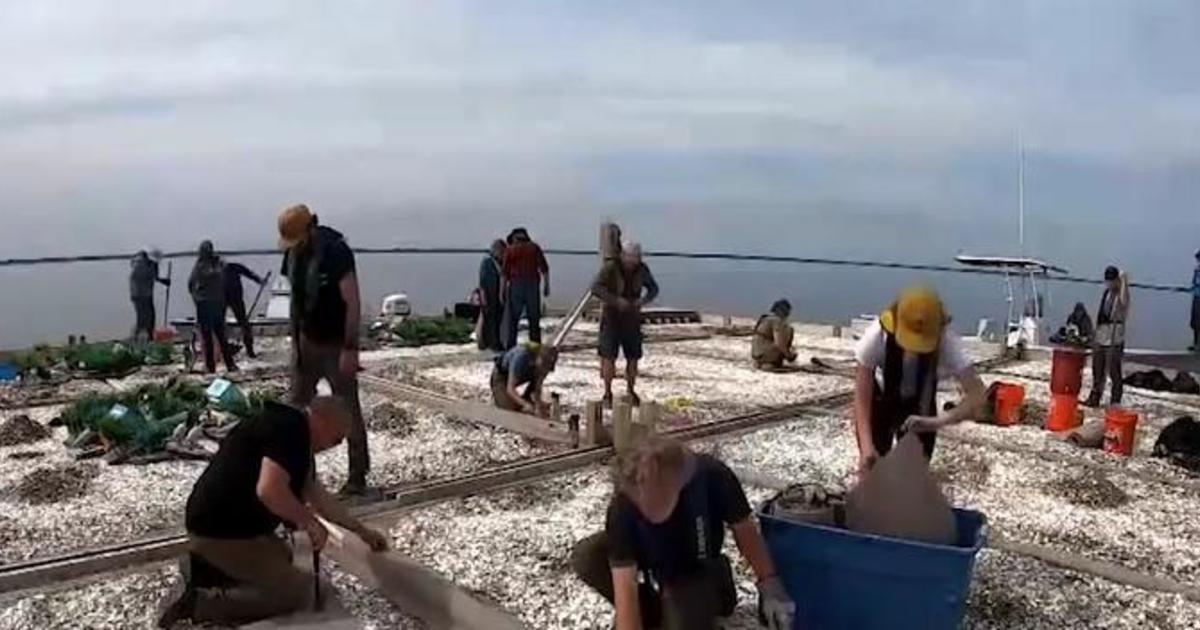Sandy's Arrival In Late October Minimized Its Adverse Affects On The Chesapeake Bay
BALTIMORE (WJZ)-- While damage from Sandy hit fast and hard, the effects on the Chesapeake Bay have taken longer to gauge.
Alex DeMetrick reports the storm's timing was a lucky break for the bay.
When rains from Tropical Storm Lee flooded the Susquehanna last year, more than a dozen floodgates opened, as 775,000 cubic feet of water a second roared through-- water that scoured up millions of tons of sediment. But after Sandy's runoff peaked Thursday:
"The scouring did not occur," Tom Parham of the Department of Natural Resources (DNR) Tidewater Ecosystems Assessment Division said.
And only two floodgates were needed to handle a far smaller volume of water. That means the massive sediment and debris pollution in 2011 is not expected this time. And the huge influx of freshwater after Lee that wiped out oysters came at the end of summer. Sandy hit late fall. It was a lucky break in timing.
"The bay's most active, all the bay creatures, from April to October, and as the water starts cooling, it's not as active," Parham said.
While the fortunate timing minimized Sandy's impact on the bay, it still managed to hurt watermen.
Watermen lost almost a week to the storm, just as the crab season was about to end.
"They started pulling crab pots around Thursday and Friday of last week, so they lost about six days of fishing opportunity," Gina Hunt of the DNR-Fisheries Service said.
So what Sandy took away, the state is giving back by extending the crab season by six days.
Because Sandy hit when it did, nutrient pollution like nitrogen from fertilizer and sewage plants is expected to wash out of the bay long before warmer weather allows it to trigger algae blooms.



